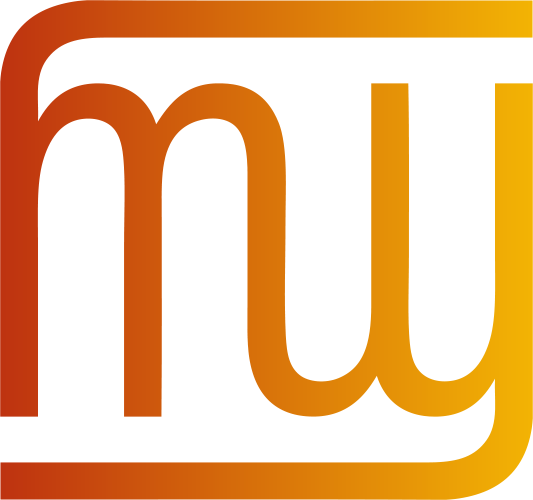
The W3C Internationalization (I18n) Activity works with W3C working groups and liaises with other organizations to make it possible to use Web technologies with different languages, scripts, and cultures. From this page you can find articles and other resources about Web internationalization, and information about the groups that make up the Activity. Read also about opportunities to participate and fund work via the new Sponsorship Program.
What the W3C Internationalization Activity does
Selected quick links
Selected quick links
Selected quick links
New translation into Chinese
语言声明的种类 (Types of language declaration)
Thanks to Fuqiao Xue for providing this translation.
First Public Working Draft: Gurmukhi Layout Requirements
This document describes aspects of layout and presentation of text in the Punjabi language using the Gurmukhi script. It is developed in conjunction with a document which summarizes gaps in Gurmukhi support on the Web and eBook technologies.
The document has been published to encourage users and experts to review the information it currently contains, and provide any additional information that may be relevant to supporting users of the Gurmukhi script on the Web.
Please send comments by raising a GitHub issue for each point.
New translation into French
Sites Web unilingues et multilingues (Monolingual vs. multilingual Web sites)
Thanks to Gwendoline Clavé, Clavoline Traduction for providing this translation.
New article: Font styles & font fallback
The article Font styles & font fallback has now been published.
This article provides a non-exhaustive set of examples where choice of a font style may have a practical application. The existence of these distinct styles, with their practical influence on the reading of the text, has implications for fonts on the Web – you would typically want to choose a fallback font that has the same style, if one is available. We look at some implications for generic fonts and fallback mechanisms near the end.
For review: Font styles & font fallback
The article Font styles & font fallback is out for wide review. We are looking for comments by Thursday 3 November.
This article provides a non-exhaustive set of examples where choice of a font style may have a practical application. The existence of these distinct styles, with their practical influence on the reading of the text, has implications for fonts on the Web – you would typically want to choose a fallback font that has the same style, if one is available. We look at some implications for generic fonts and fallback mechanisms near the end.
Please send any comments as github issues by clicking on this link, or on “Leave a comment” at the bottom of the article. (That will add some useful information to your comment.)
Updated article: Normalization in HTML and CSS
The article Normalization in HTML and CSS was largely rewritten. It now describes the various normalization forms, and clarifies that W3C doesn’t require all content to be strictly NFC-normalized. It also warns about the dangers of blindly normalizing content to a particular normalization form (unless performing a match/sort procedure).
Translators are invited to update the translations in German, Spanish, French, Polish, Brazilian Portuguese, Russian, and Ukrainian.
Updated article: Styling vertical Chinese, Japanese, Korean and Mongolian text
The article Styling vertical Chinese, Japanese, Korean and Mongolian text has been updated in the following ways:
- The sections Sideways values of writing-mode and The sideways value of text-orientation have been rewritten to replace content with more up-to-date and accurate information.
- Browser support information has been overhauled and brought up to date.
- In-page live code has been added to show how each feature behaves in your browser.
New article: Ruby Styling
The article Ruby Styling provides guidance for content authors on CSS features available for styling ruby text in Japanese, Chinese, Korean, and Mongolian. It is a companion article to Ruby Markup. It includes information about what is and isn’t currently supported in major browsers.
Translators are invited to provide translations.
Please raise any comments as github issues by clicking on the “Leave a comment” link at the bottom of the article.
For review: Ruby Styling
The article Ruby Styling is out for wide review. We are looking for comments by Thursday 14 July.
The article reviews the typical usage patterns of inline annotations for Japanese and Simplified/Traditional Chinese, and provides guidance for content authors about how to use features of the CSS Ruby spec to achieve the rendering they want. It also reports on current support for those features in the 3 major browser engines. This information should also be useful for authors writing in the Traditional Mongolian orthography.
This is a companion article to Ruby Markup, which focuses on how to mark up inline annotations.
Please send any comments as github issues by clicking on this link, or on “Leave a comment” at the bottom of the article. (This will add some useful information to your comment.)
New article: RTL rendering of LTR scripts
The article RTL rendering of LTR scripts suggests ways to produce runs of right-to-left text using HTML & CSS for languages that are nowadays normally written left-to-right. The use cases for this are rare, and mostly relate to academic descriptions of text in orthographies such as Chinese, Japanese, Egyptian hieroglyphs, Tifinagh, Old Norse runes, and a good number of other now-archaic scripts.
Translators are invited to provide translations.
Please raise any comments as github issues by clicking on the “Leave a comment” link at the bottom of the article.
W3C® liability, trademark and permissive license rules apply.
Questions or comments? ishida@w3.org


